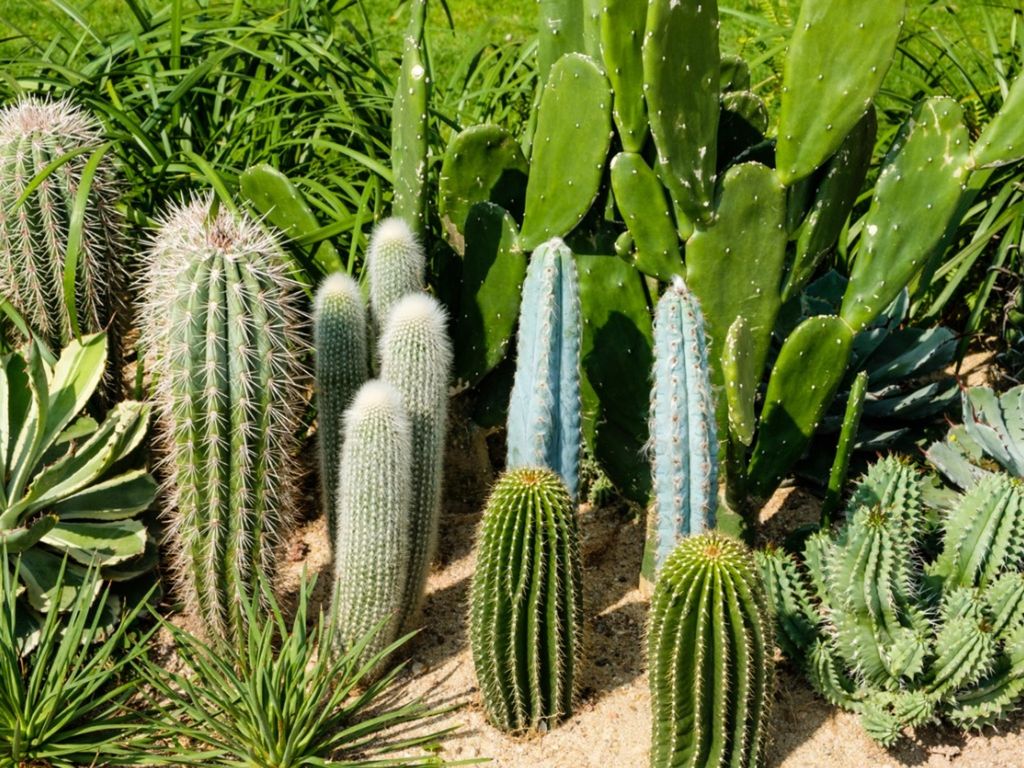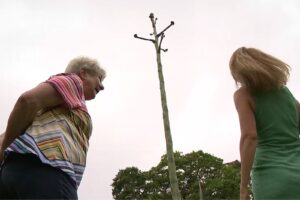California’s breathtaking landscapes are home to a diverse array of flora, and among them, cacti stand out as some of the most intriguing specimens. These succulent marvels not only thrive in the arid regions of the state but also adapt remarkably well to varied climates, extending from the coastal regions to the rugged mountains. This article delves into the myriad types of cacti found in California—shedding light on their unique characteristics, habitats, and the delightful roles they play in both nature and landscaping.
Why California? The state’s geography and climate create an ideal environment for cacti, leading to a captivating bounty of species that are well worth discovering. From the iconic Joshua Tree to the lesser-known species hiding in the shadows of rocky outcrops, each cactus type offers something distinctive.
Exploring California’s cacti is not just about identification; it is an invitation to appreciate an ecological niche that is both visually stunning and ecologically significant. Prepare to shift your perspective as we uncover the extraordinary adaptations of these resilient plants.
The Iconic Joshua Tree: A Cactus Icon of the Mojave Desert
Perhaps the most famous representative of California’s cacti is the Joshua Tree (Yucca brevifolia), although taxonomically, it’s more closely related to lilies than traditional cacti. This iconic plant epitomizes the rugged beauty of the Mojave Desert, with its distinct silhouette and fascinating growth patterns. Joshua Trees can grow up to 40 feet tall, with spiky, sword-like leaves that protrude from its branches, creating a surreal visual against the expansive desert backdrop.
One of the most curious characteristics of the Joshua Tree is its reliance on the collapse of certain moth species for pollination. As these trees mature, they often host a variety of birds and mammals, contributing to the rich biodiversity of their habitat. Their adaptive nature allows them to store water efficiently, thriving despite minimal rainfall. These hardy plants are a testimony to resilience, reflecting the harsh yet beautiful desert ecosystem in which they flourish.
The Barrel Cactus: A Desert Marvel
As you journey through the arid landscapes of California, you may encounter the barrel cactus (Ferocactus spp.) Well-known for its distinctive cylindrical shape resembling a barrel, this cactus thrives in the hot, dry climates of Southern California. With its spines that serve both as armor and sunlight gatherers, the barrel cactus is adapted to conserve moisture efficiently through its thick, waxy skin.
These cacti can easily reach heights of up to ten feet, and some can live for over a century. One notable feature of the barrel cactus is its vibrant blooms, which can be a brilliant yellow or red, creating a stunning contrast against the muted desert colors. Interestingly, during a particularly dry season, the barrel cactus can consume up to one-third of its water reserves, showcasing an incredible adaptation to its environment. They produce edible fruit known as “cactus apples,” which are enjoyed by many desert inhabitants and represent a rare food source in this harsh environment.
The Cholla Cactus: Nature’s Natural Defense
Another fascinating genus within California’s desert flora is the cholla cactus (Cylindropuntia spp.). Known for its cylindrical structure and an array of spine configurations, the cholla can range from several feet tall to sprawling bushes. One of the standout features of cholla cacti is their ability to adapt their mode of reproduction. Many cholla species propagate through a unique method known as “jumping,” where pads detach and take root in the soil when brushed against, often catching unsuspecting passersby by surprise.
Cholla cacti play an essential role in the desert ecosystem. Their resilient trunks and branches often become a habitat for birds, insects, and even small mammals, fostering a mini-ecosystem. The vivid blooms that decorate cholla cacti in spring are not just visually captivating but are also crucial for sustaining local pollinators, including bees and hummingbirds. With its delightful appeal and striking appearance, the cholla cactus is a mesmerizing element of California’s desert landscape.
The Opuntia or Prickly Pear: A Culinary Delight
The Opuntia (Opuntia spp.), commonly referred to as prickly pear, has found a special place in California’s culinary scene while also playing a crucial ecological role. Recognized for their flat pads and vibrant fruits, prickly pears can be found in various climates, showcasing their adaptability and resilience. The pads of the prickly pear can be harvested for consumption, serving as a nutritious component in various culinary preparations.
These cacti typically flourish in areas that receive ample sunlight and are known for their distinctive blossoms that bloom in a range of colors: pink, yellow, and red. The fruits, known as “tunas,” are not only delicious but also bio-diverse as they support various bird and mammal species. Beyond their culinary appeal, prickly pears also have medicinal properties, amplifying their significance in both human use and natural ecosystems.
Conclusion: Embracing the Diversity of California’s Cacti
California presents a striking landscape of cacti that are far more than just arid-dwelling plants; they embody resilience, adaptation, and beauty. Each species offers insights into the intricate relationships that exist within its ecosystem, compelling us to consider the environmental challenges these unique plants face today.
From the grandeur of the Joshua tree to the delightful prickly pear, engaging with California’s cacti invites an appreciation of their roles in nature and their contributions to biodiversity. So the next time you traverse the vibrant California landscapes, take a moment to reflect on the cacti and the stories they tell—a powerful reminder of nature’s ingenuity in the face of adversity.





Leave a Comment